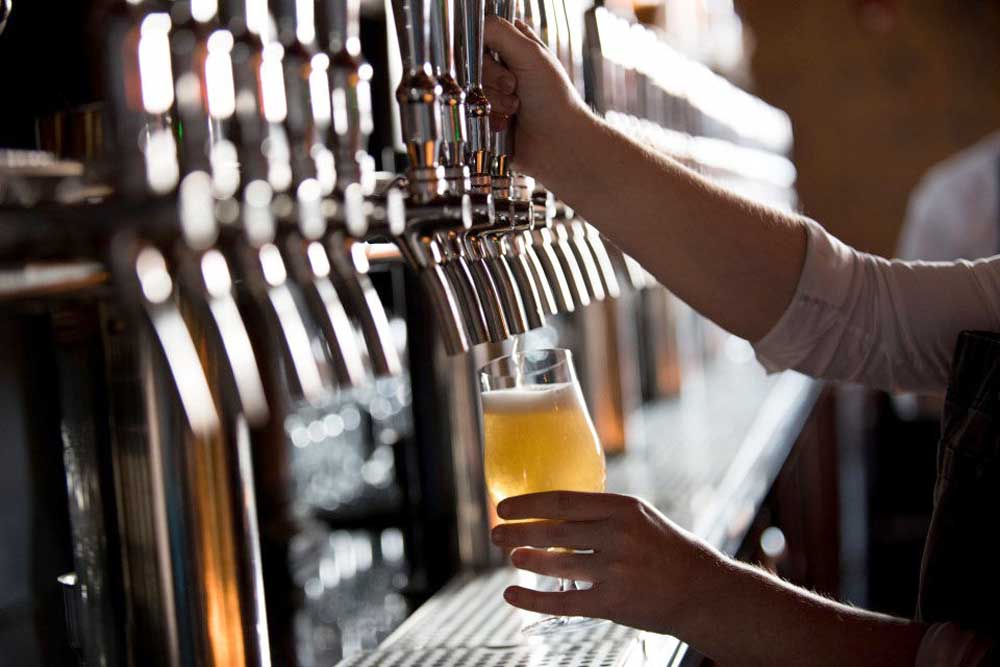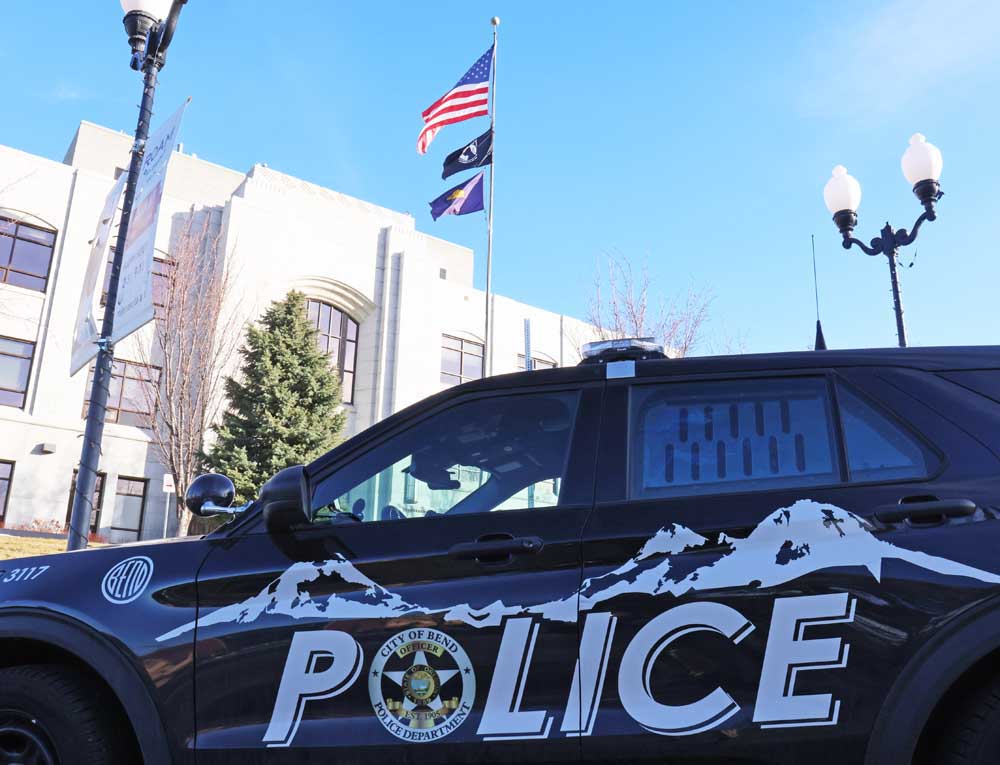Workplace alcohol not always an advantage, study finds
Published 12:00 am Tuesday, February 20, 2018

- (file photo)
A study published Monday by an Oregon State University researcher suggests a keg on tap isn’t the workplace incentive employers sometimes want it to be.
Workplace happy hours became a common fixture in some businesses, including beer-friendly Bend, as a way to signal easy-going collegiality.
Trending
But to some would-be hires, fresh out of college, it sends the wrong message, even if those job applicants are drinkers, said Anthony Klotz, assistant professor in the Oregon State University College of Business and lead author in the study.
He and his research partner Serge da Motta Veiga asked students at two universities to review business recruitment flyers and job interview scenarios for fictitious businesses. One flyer and one scenario involved alcoholic beverages. The others did not.
The students with high networking skills were indifferent to the alcohol messages; those with lower networking skills reacted negatively, Klotz said Monday.
“The results surprised us,” Klotz said. “I think these job seekers were thinking beyond just the alcohol to what does that alcohol symbolize.”
The study, “Recruiting under the influence: New labor market entrants’ reactions to workplace drinking norms,” in the journal “Human Resource Management,” began with Klotz’s own experience moving from the University of Oklahoma to OSU about five years ago.
At Oklahoma, he said, “I didn’t do many happy hours, and there wasn’t that much of that going in my department at school; when we would interview somebody, we would never assume that they drank.”
Trending
On the other hand, during the interview process at OSU, recruiters specifically mentioned the numerous wineries in the Willamette Valley, the number of breweries in Corvallis and how happy hour serves as a common way to connect people with one another.
“The contrast stood out to me,” Klotz said.
Media reports cited by Klotz and da Motta Veiga suggest employers use incentives tied to alcohol for a number of reasons, from enticing workers to stay longer and work into the evening, to fueling creativity or simply to make the workplace more attractive to employees.
Klotz said the study started from the idea that the student subjects, 302 in all, would overall respond positively to recruiting messages involving alcohol, with some variation. For example, students with high networking skills (called political skills in the study) would respond very positively while those with lower networking skills would respond less positively or negatively.
The recruiting scenarios involved asking students to imagine having dinner with a prospective co-worker. In one scenario, the co-worker ordered water. In the other, the co-worker ordered an alcoholic drink. The study asks the student subject what he or she would order.
Klotz said the study found that alcohol as a recruitment tool sent a mixed message to some students. Workplace cliques and informal networks, things associated with alcohol and a relaxed workplace, may intimidate young job seekers, for example, he said.
“You know a lot of work gets done at the golf course and at happy hours,” Klotz said. “These young job seekers maybe want that work to get done in the workplace.”
— Reporter: 541-617-7815, jditzler@bendbulletin.com








